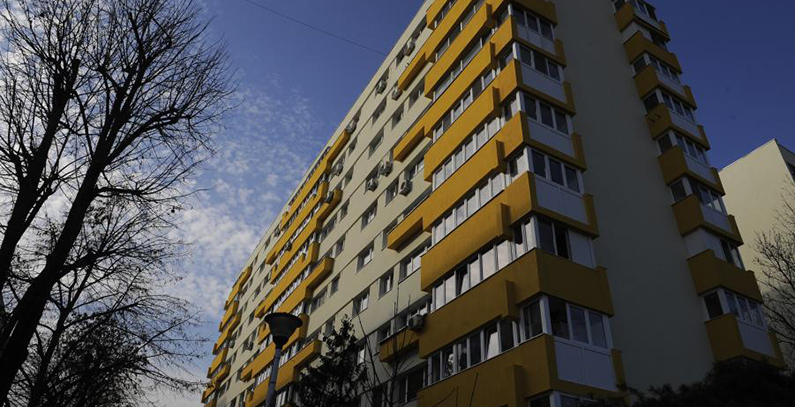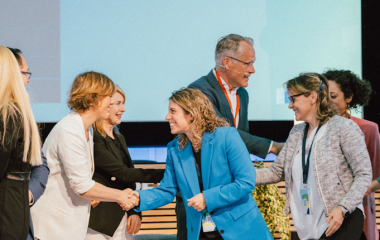
Photo: EiB
The northern part of Bucharest has undergone through important changes in the last couple of years thanks to the public project to improve the energy efficiency of buildings. With almost 1,000 public and residential buildings renovated and insulated, the project has not only improved quality of life of the citizens but also has helped to save more energy and to cut CO2 emissions. It has made possible to save more than 300.000 MWh of energy per year while CO2 emissions reduction is estimated at more than 70,000 tons per year.
The Thermal rehabilitation program has been implemented in Bucharest’s Sector 1, an administrative unit located in the northern part of the city, for several years now. Today the Bucharest sector 1- Thermal rehabilitation program is one of the finalists for this year’s EU Sustainable Energy Awards, established as a recognition for outstanding innovation in energy efficiency and renewables.
“For us, this is yet another confirmation that we are on good path and that our community is part of the European concerted efforts to fight climate change,” the Executive Director of Local Energy Agency of Bucharest (AEEPM) Ion Dogeanu said to Balkan Green Energy news portal, an official media partner of this year’s EU Sustainable Energy Week initiative.
Bottom-up initiative
It all started back in 2008 with the local initiative. That year the AEEPM was established as a non-profit organization which gathers representatives of local authorities, businesses and private housing owners association, and helps local authorities in the District 1 of Bucharest assess their local energy and environmental issues.
Then, in 2009 Bucharest District 1 joined the Covenant of Mayors Energy and Climate which brings together thousands of local and regional authorities voluntarily committed to implementing EU climate and energy objectives on their territory.
Two years later, in September 2011 the City Council approved the Sustainable Energy Action Plan (SEAP) of Bucharest District 1 setting the target to become the first energy efficient community in Romania by 2020. Energy efficiency in buildings is the first pillar of this SEAP.
Numerous environmental, economic and social benefits
Dogeanu said that over EUR 450 million was invested in the period 2008-2016 with the aim of improving energy efficiency of the buildings, so called “grey blocks” from the time of communism known for low energy efficiency class E or G. Funding was provided from the local budget and the European Investment Bank.
After extensive insulation works the buildings are now upgraded to class B or A, and this has resulted in energy savings of 330.399 MWh per year, Dogeanu said adding that CO2 emissions reduction is estimated at 73.292 tons per year.
He said that the list of challenges and obstacles is long but that other cities should learn from Bucharest’s experience and to apply it in their communities on large scale.
“Only project implemented on large scale can have major positive impact on energy efficiency,” Dogeanu said.
The project also brought economic benefits through contracting out construction work to local SMEs and, according to Dogeanu, this created more than 500 new jobs.
The renovation work has also improved the overall appearance of buildings and inspired ongoing urban regeneration efforts in the capital.
Almost 1,000 buildings renovated
All of this was achieved by extensive insulation work on 839 residential blocks, containing 42.359 apartments in total, as well as 140 public facilities, which include schools and hospitals. The work involved insulating walls and roofs and installing double glazed windows in the residential blocks.
Some 27 kindergartens, 37 primary schools, 28 high schools and four hospitals were also renovated and insulated. New efficient boilers were installed and connected to the centralized municipal distribution system. An energy audit for all public buildings was also carried out.
Thousands of Bucharest’s residents have benefited from it and after the first two years of the program the public reaction was positive with support of more than 75 percent citizens who voted for the program to continue in a public consultation process, Dogeanu said.


















Be the first one to comment on this article.